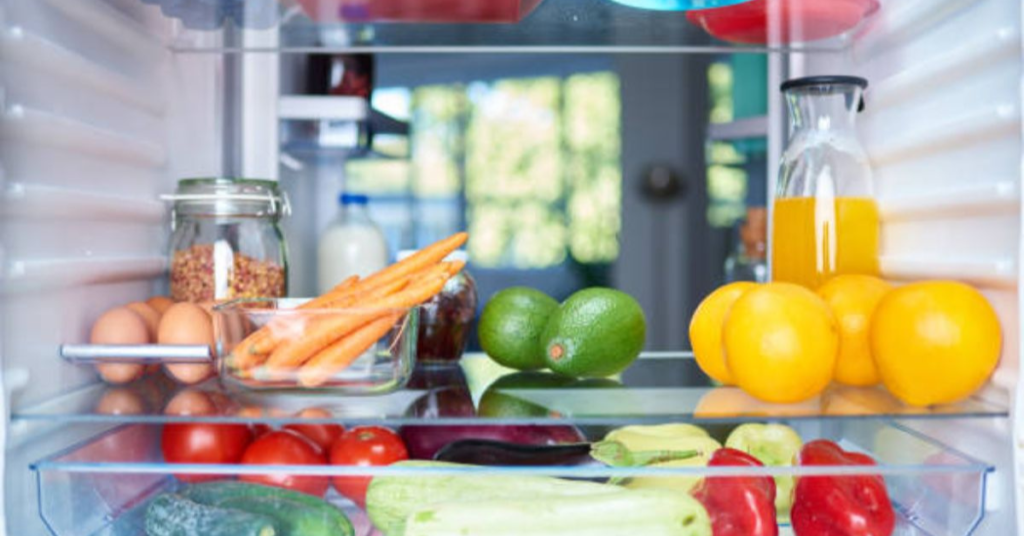Purchasing a used/second hand refrigerator can be a great way to acquire high-quality, distinctive equipment for your house while saving money. To make an informed decision and take good care of your fridge after purchase, it’s crucial to be knowledgeable. This thorough guide will walk you through the steps of purchasing and maintaining a used/ second hand refrigerator from our ReGenF, Used/Second Hand Electronics appliances shop in Coimbatore.
Why choose a Used second hand Refrigerator?
- Cost Savings: Used/ Second hand refrigerators are a terrific choice for customers on a tight budget because they are significantly less expensive than new refrigerators.
- Sustainability: Purchasing second hand equipment is an environmentally beneficial decision because it reduces waste and the need for new manufacture.
- Quality: Used/ Second hand refrigerators are typically from an era when appliances were made to last, giving you alternatives that are dependable and long-lasting.
Important Things to Think About Before Buying a Used/ Second hand Fridge
Brand and Age:
- Brand: Choose well-known companies that have a track record for dependability and excellence.
- Age: Look for a refrigerator that’s no older than ten years. Appliances that are older than this might not be as dependable or energy-efficient.
Condition:
External: Look for any obvious damage, such cracks, dents, or rust. Check to make sure the door seals are not worn or damaged.
Examine the interior for cleanliness, shelf or drawer cracks, and the condition of the gasket, which is the rubber seal that surrounds the door.
Performance of Cooling:
Temperature: Check the internal temperature of the refrigerator to make sure it cools down properly.
Condenser Noise: Pay attention to the refrigerator’s operation. While some noise is natural, unusual or extremely loud noises may be signs of mechanical problems.
Effectiveness of Energy Use:
Energy Rating: If one is available, look for the energy rating label. Better efficiency is shown by higher ratings, and lower electricity costs are the result.
Seals: Check for wear and cracks in the door seals, as they can have a big impact on energy efficiency.
Usability:
Features: Verify that all features, including water dispensers, ice makers, and movable shelves, are operating as intended.
Defrosting System: If the refrigerator has an automated defrost system, make sure it is operating properly.
History of Maintenance:
Repairs: Inquire about any previous maintenance or repairs. Well-maintained appliances are more likely to be dependable.
Cleaning: Prior to purchasing, make sure the refrigerator has been properly cleaned and sanitized.
Guarantee:
Guarantee: Find out if the store has a return or warranty policy for used appliances. This can offer protection against flaws and peace of mind.
Post-Purchase Care for Your Second-Hand Fridge
Correct Installation:
Location: Keep the refrigerator away from heat sources and direct sunlight in an area with good ventilation. Make sure there is enough room for air to circulate around it. And confirm with no other power fluctuations.
Leveling: To avoid coolant leaks and to guarantee adequate door sealing, make sure the refrigerator is level.
Consistent Upkeep:
Cleaning: Use a solution of mild detergent and water to clean the interior on a regular basis. To stop mold and mildew, wipe down the door seals and the exterior.
Defrosting: When ice accumulation reaches half an inch, manually defrost your refrigerator if it has an automated defrost function.
Coils: To guarantee effective cooling, clean the condenser coils at least twice a year. The accumulation of dust and debris might make the refrigerator work harder and exert greater energy.
Controlling Temperature:
Thermostat: In order to maintain ideal temperatures, check and adjust the thermostat.
Door Gaskets: Maintain the airtightness of the door seals by routinely cleaning and inspecting them. If they start to loosen or crack, replace them.
Effectiveness of Energy Use:
Load management: Try not to put too much food inside the refrigerator as this can reduce airflow and reduce cooling effectiveness. Allow adequate space between objects so that air can circulate.
Open Door Procedure: Reduce the amount of time the door is open to keep warm air out and the refrigerator from having to work harder.
Diagnostics:
Leaks: Look for obstructions in the drip pan and drainage hole if you see any water leaks.
Noise: Unusual noises coming from the refrigerator could indicate a mechanical problem. If you’re not sure why, speak with a qualified technician.
To purchase good conditioned and well maintained second hand fridge, check via the link – https://www.regenf.com/shop
Final Thoughts:
Purchasing a Used/Second Hand fridge is a smart move that offers the chance to acquire a premium appliance, financial savings, and sustainability.
You can make sure your used refrigerator is dependable and effective for many years to come by considering the crucial aspects before making a purchase and adhering to the suggested maintenance guidelines.


